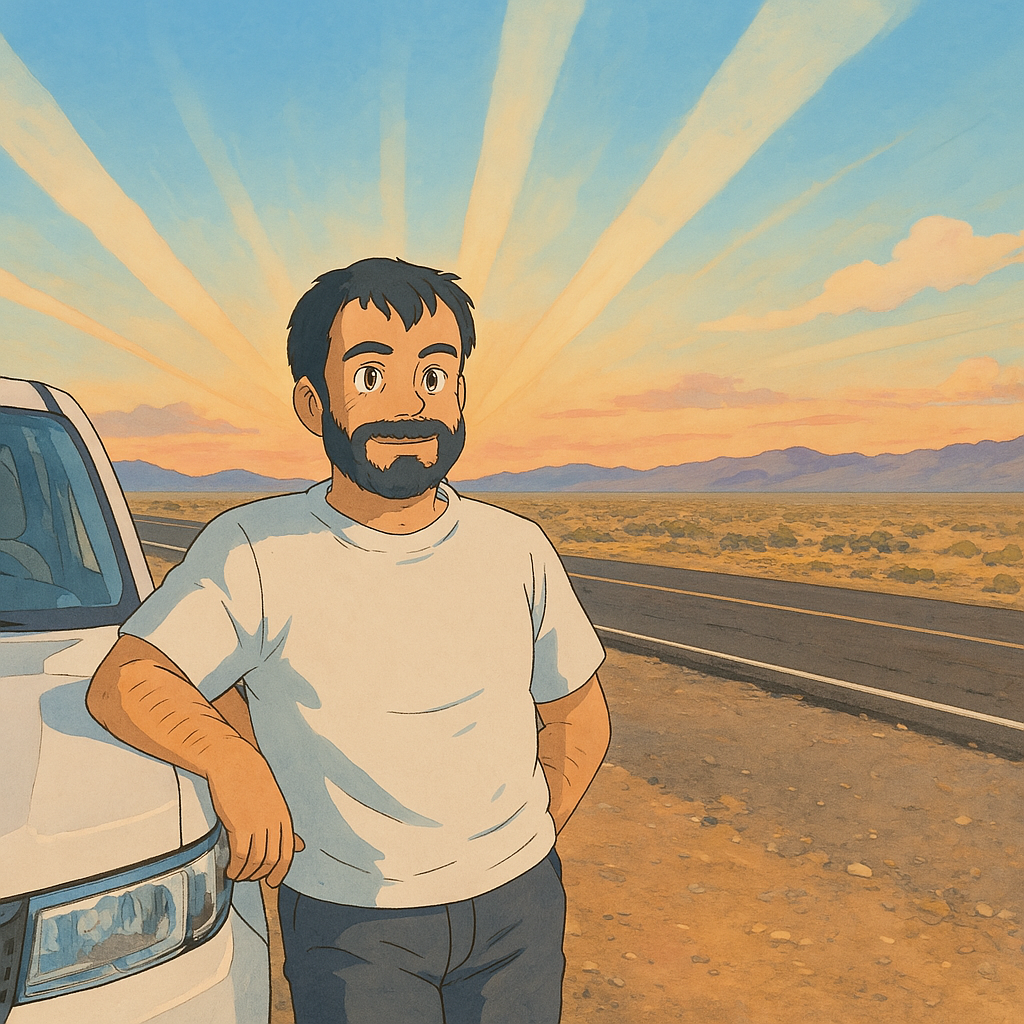On 25th march, 2025, OpenAI announced their latest image generator directly built into their gpt-4o model.
Here’s the gist and you could read more here
OpenAI has introduced a new image generation feature integrated into its GPT-4o model, enhancing ChatGPT’s capabilities. This advancement allows for the creation of precise, accurate, and photorealistic images directly within the chat interface. Wikipedia+4WSJ+4The Verge+4OpenAI+2OpenAI+2OpenAI CDN+2
Key Features:
- Multimodal Integration: GPT-4o seamlessly combines text and image processing, enabling users to generate and manipulate images through conversational prompts.
- Improved Capabilities: The model exhibits enhanced performance over previous versions, such as DALL·E 3, with better adherence to detailed instructions and reliable incorporation of text within images. WSJ+2OpenAI+2OpenAI CDN+2
- Photorealism and Style: GPT-4o can produce photorealistic outputs and adapt to various artistic styles, providing users with a versatile tool for creative and practical applications
At the time of writing this, I’d say this is the best image-gen model out there. It follows instructions well, generates accurate text within images, and understands context impressively. Even if you just want to edit an image, you can simply pass it in and give ChatGPT a one-line instruction—it just works.
But like with most things in life, people often find unexpected joy in ways the creators never intended. That’s exactly what happened here. People quickly discovered that GPT-4o could turn their personal and family photos into Studio Ghibli-style art. Within seconds, you could place yourself inside your favorite childhood cartoons or fantasy worlds.
And just like that, the X timeline was flooded for two straight days with adorable Ghibli-style pictures—families, pets, vacations, you name it. This was the X post that kicked it all off:
It was not just personal photos, but also scenes and characters from famous movies. Recent political events, famous memes, among other things.
And it didn’t stop with Ghibli style images. There were also the Muppets, Southpark, Simpsons, it went on.
Even I couldn’t resist taking part in this cultural zeitgeist moment—I started Ghiblifying my own photos too.

The pivotal moment?
What I loved even more was how this moment marked a big shift in how people see AI. Not as some Black Mirror scenario that’s coming to take your job, but as something more personal—something that can bring joy and a bit of magic.
It opens up doors we never imagined before. Like stepping into the fantasies we had as kids. Now we actually get to see what it’s like to be the main characters of our favorite stories.
None of this was possible before. AI isn’t just a work tool anymore. It’s slowly embedding itself into every part of our lives.
AI’s been making the rounds since late 2022. A small group saw the potential early on, but most people were still on the fence. Even now, I was surprised to find out how few companies are actually using AI at work. In some places, it’s even banned. The fear of data theft is real for them, which is strange when you think about it—and as if they can somehow stop this wave. There are still developers who believe AI won’t automate away programming in its current form. A lot of folks don’t even realize you can use ChatGPT or Perplexity instead of Googling. For many, AI still felt like some far-off thing.
But then you see a Ghibli-style picture of your family—and everything changes.
In conclusion, the Ghibli moment might be it when AI gets mainstreamed. It could be AI’s “there’s an app for that” moment.
Also, I made a video showing how you can turn your photos into Ghibli-style art: